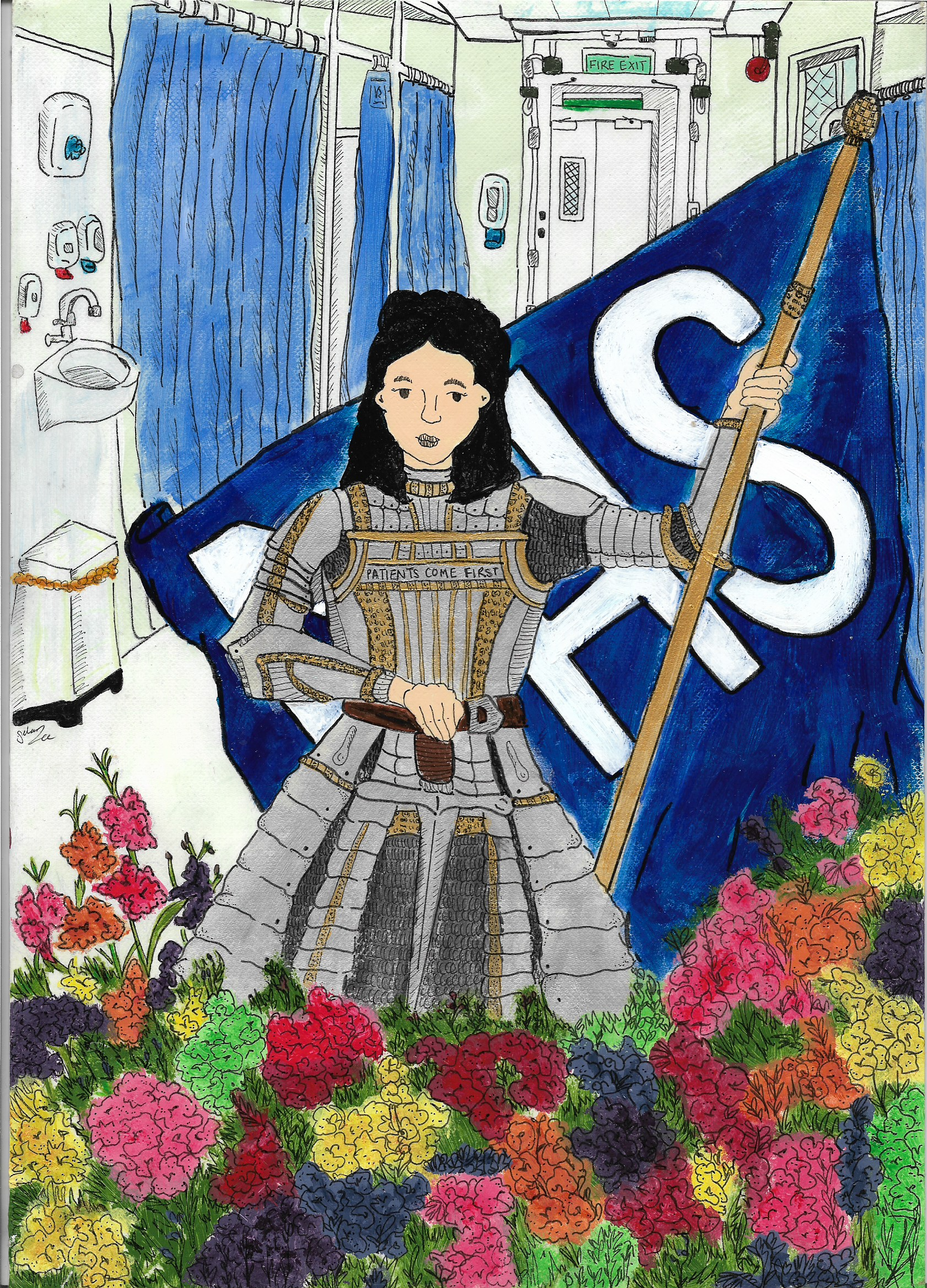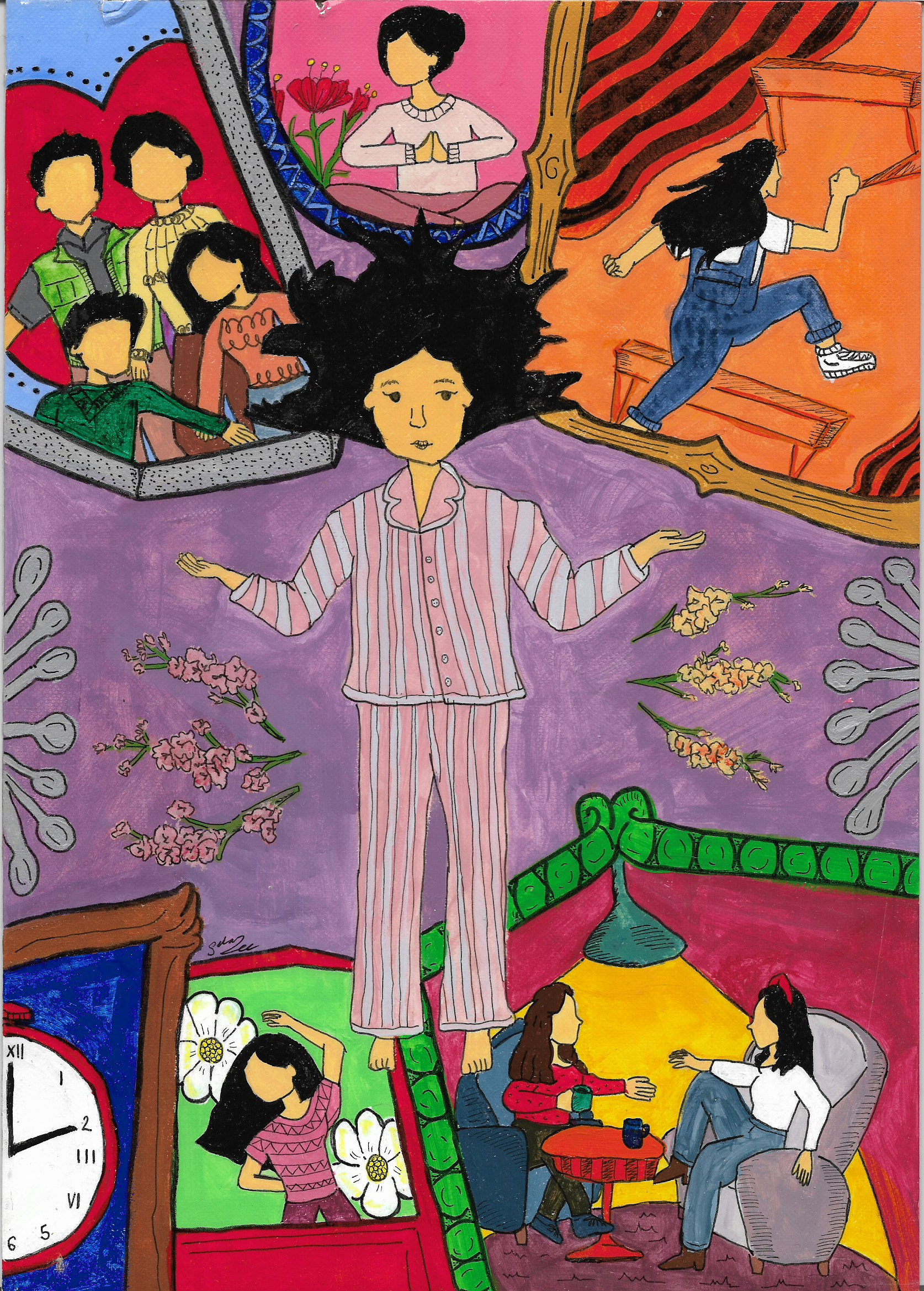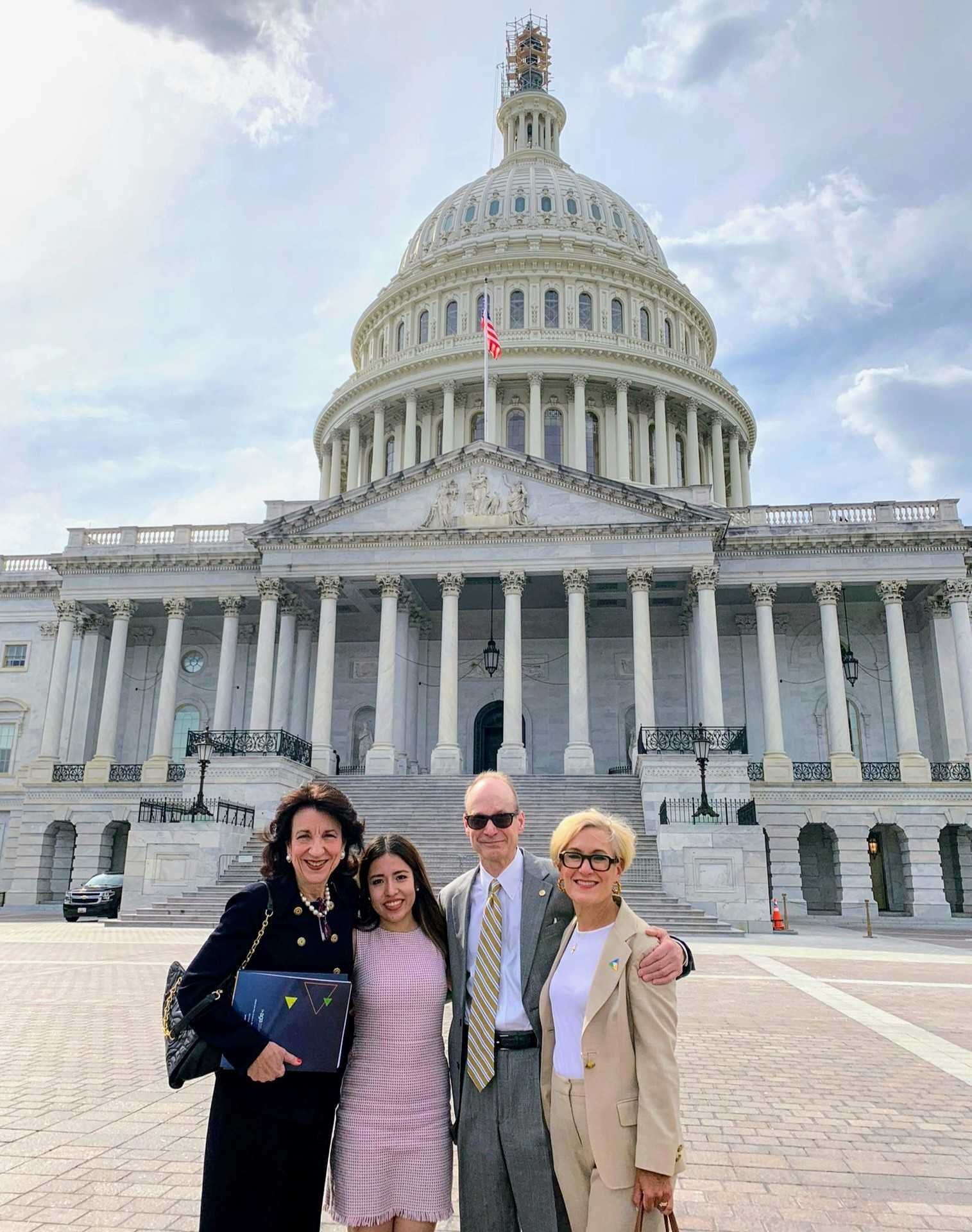Patient Summary on the AGA Clinical Practice Update on Diet and Nutritional Therapies in Patients With Inflammatory Bowel Disease
By Peter Park
Obligatory Disclaimer:
This article is strictly for educational purposes. This article is not to be used or relied on for any diagnostic or treatment purposes. This information does not create any patient-physician relationship and should not be used as a substitute for professional diagnosis, treatment, and/or management. Please consult your health care provider before making any health care decisions for guidance about any specific medical condition. References and links to third parties do not constitute an endorsement or warranty of any kind by Crohn’s & Colitis Young Adults Network (CCYAN).
Who is AGA?
The American Gastroenterological Association (AGA) is a professional organization focused on digestive health. They bring together doctors, researchers, and others interested in stomach and intestine problems, including IBD (Inflammatory Bowel Disease). The AGA publishes scientific journals, holds meetings, and works to improve patient care.
How was this study done?
Experts (doctors, researchers, and others) in IBD performed a review of existing research articles and studies alongside expert opinion to provide practical guidance on diet and nutritional therapies in IBD patients.. This received peer review both internally within AGA and externally outside of AGA.
This was not a formal systematic review, meaning they cannot recommend the strength of any singular suggestion.
Key Points:
There has not been sufficient data to suggest a singular TRUE diet.
According to the AGA, if there was one diet for patients to start from, then it would be the Mediterranean Diet which is “rich in a variety of fresh fruits and vegetables, monounsaturated fats, complex carbohydrates, and lean proteins and low in ultraprocessed foods, added sugar, and salt for their overall health and general well-being”.
Low amounts of red meat have been associated with decreased flares in patients with ulcerative colitis.
Crohn’s, Stricture subtype
Some Crohn’s patients can develop strictures which narrow the tunnel of the colon that can increase the risk of inflammation with certain harder-to-digest foods.
AGA recommends decreasing fibrous foods and raw vegetables that are easier on the colon to channel through all the way to the rectum.
Feeding tube feedings should be discussed with the doctor on staff as there are several specific clinical guidelines.
AGA recommends that patients share this document with their doctor on the most updated guidelines.
Vitamins
Patients with IBD are at higher risk for low levels of Vitamin D, B12, and iron.
AGA recommends to speak with your doctor on monitoring levels regularly.
Involving the professionals
Diet can be complicated by malnutrition, short bowel syndrome, enterocutaneous fistula, and/or requiring more complex management.
AGA recommends involving a registered dietitian to help patients in individualizing their diets.
Summary
Managing IBD requires a multifaceted approach that goes beyond medical interventions. Dietary adjustments, stress management, medication adherence, and regular follow-ups with healthcare providers are essential components of effective management. Additionally, having a supportive network of peers who can offer empathy, understanding, and practical advice can significantly enhance the quality of life for young adults living with IBD.
In conclusion, the key takeaway for young adults struggling with IBD is the recognition of its complexity and the importance of assembling a supportive team, including a GI doctor, registered dietitian, and peers from organizations like CCYAN, to navigate the challenges of living with this chronic condition.
Information in forming this article was taken from the 2024 AGA Clinical Practice Update on Diet and Nutritional Therapies in Patients With Inflammatory Bowel Disease: Expert Review
Source: Hashash, J. G., Elkins, J., Lewis, J. D., & Binion, D. G. (2024). AGA Clinical Practice Update on Diet and Nutritional Therapies in Patients With Inflammatory Bowel Disease: Expert Review. Gastroenterology, 166(3), 521–532. https://doi.org/10.1053/j.gastro.2023.11.303
Featured photo by picjumbo.com from Pexels.











